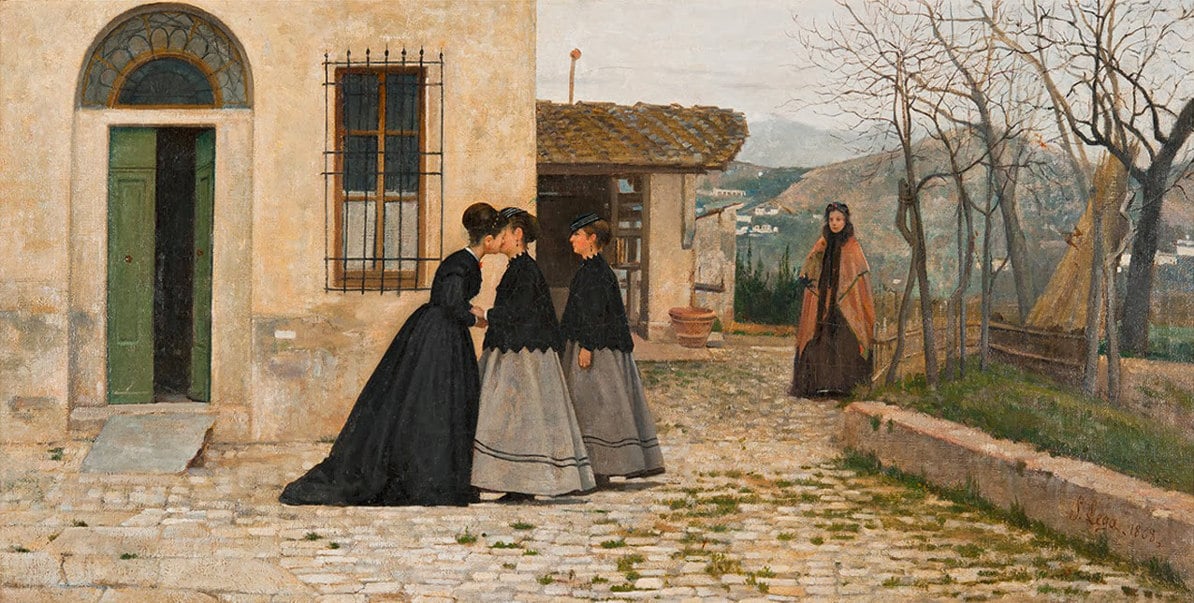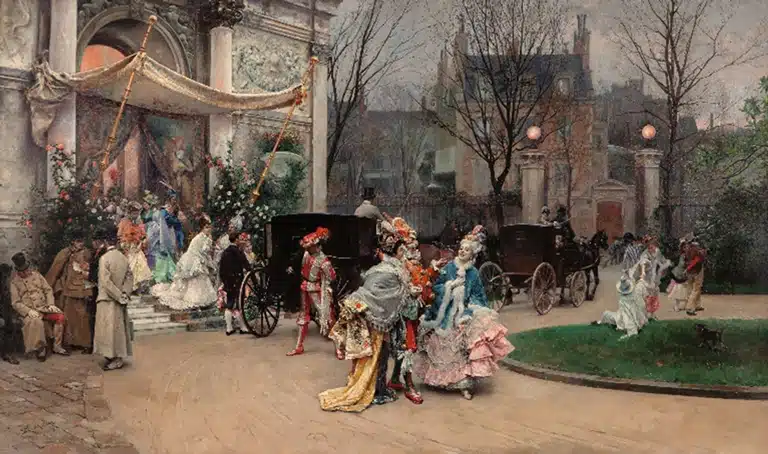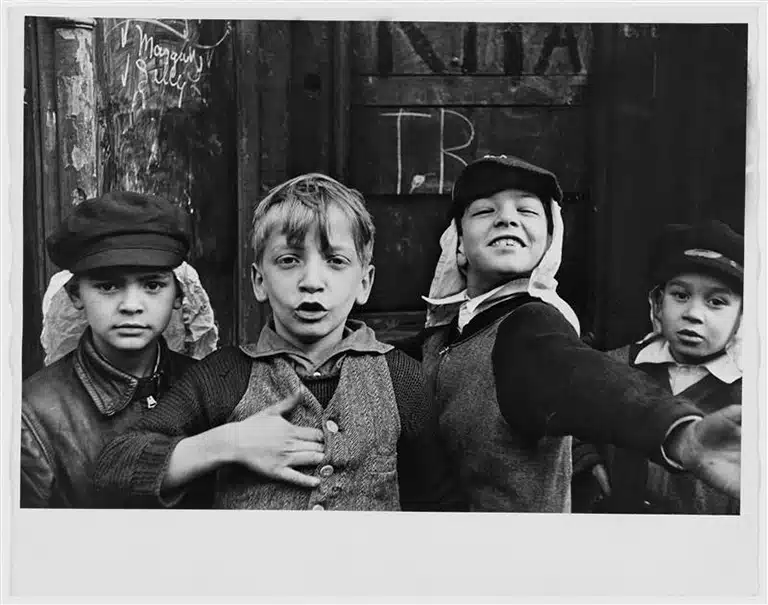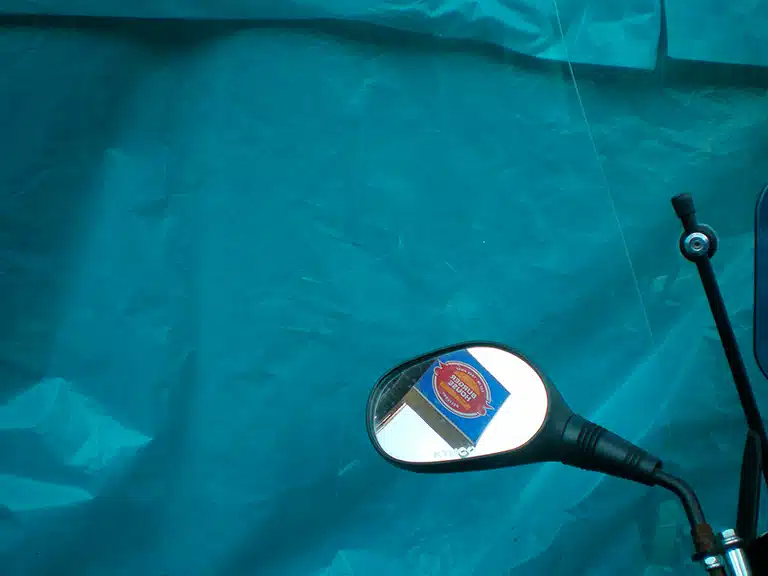Macchiaioli: Impressionist Realism in Italy
SEP.12.2013 ──────── JAN.05.2014

Silvestro Lega
The Visit [La visita], 1858
Oil on canvass
Galleria Nazionale d’Arte Moderna e Contemporanea, Rome © Galleria Nazionale d’Arte Moderna, Rome / Antonio Idini
Exhibition
SEP.12.2013 ── JAN.05.2014
Location
Recoletos Exhibition Hall
Paseo Recoletos 23, 28004 Madrid
The exhibition
The exhibition, the first in Spain to focus on the Macchiaioli, introduced us to one of the most dazzling chapters in the modernization of European painting, an artistic moment that was a preamble to many of the assumptions later expressed by the Impressionists.
Like the Impressionists, the Macchiaioli were deeply interested in new research into color and optics. Through light and color, the Impressionists created a new way of seeing reality. The Macchiaioli, however, “simplified” the traditional vision, eliminating, through the same values, common scenery perspectives and returning to the formulations of the 15th century.
The definition of their compositions through patches of color earned these painters the pejorative name Macchiaioli (“patch-makers”) from an anonymous critic. In 1862, Signorini adopted this name for the group, thus establishing a clear parallel with the term “Impressionism”, coined ironically by the journalist Louis Leroy in 1874 and taken up by Monet and his friends.
The paintings of the Macchiaoli, small in terms of format but monumental in their conception, communicated an honest and innovative vision of the Tuscan landscape, with strong contrasts of light captured through the juxtaposition of patches of color. Among their main proponents were Giovanni Fattori, Silvestro Lega, Telemaco Signorini, Giuseppe Abbati, Giovanni Boldini and Odoardo Borrani, all joined under the umbrella of critic and patron Diego Martelli.
The exhibition, co-produced by Fundación MAPFRE and the museums Orsay and L’Orangerie, Paris, brought together nearly 100 works from the most prestigious public and private collections in Italy. These included Galleria d’Arte Moderna del Palazzo Pitti, Rome’s Galleria Nazionale d’Arte Moderna, Milan’s Galleria d’Arte Moderna, Fondazione Musei Civici di Venezia, Venice’s Galleria Internazionale d’Arte Moderna di Ca’Pesaro, the Giovanni Fattori Civic Museum in Livorno, and the Istituto Matteucci in Viareggio.




